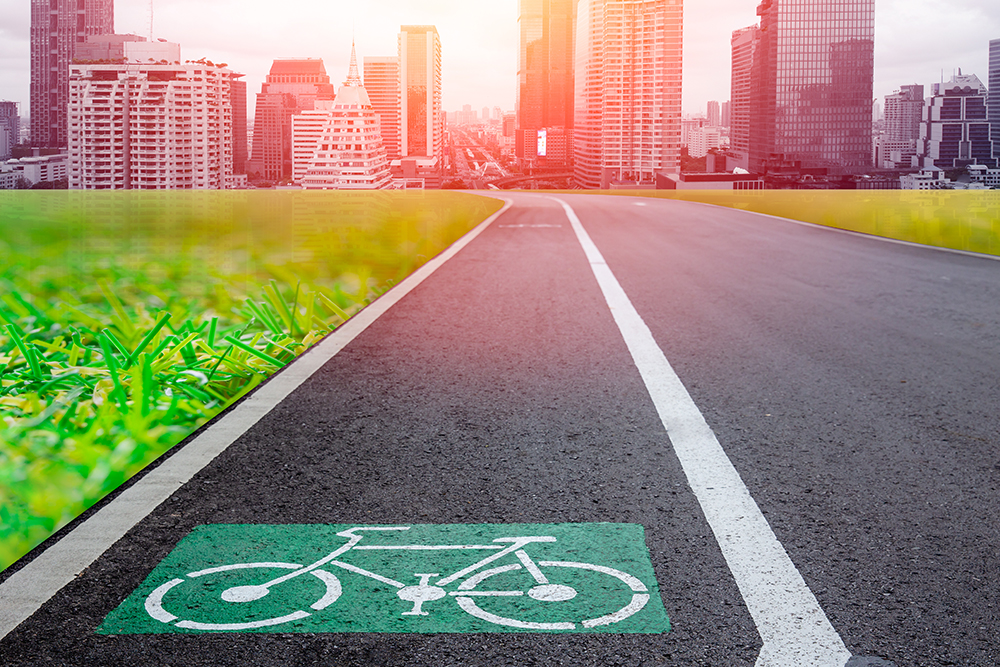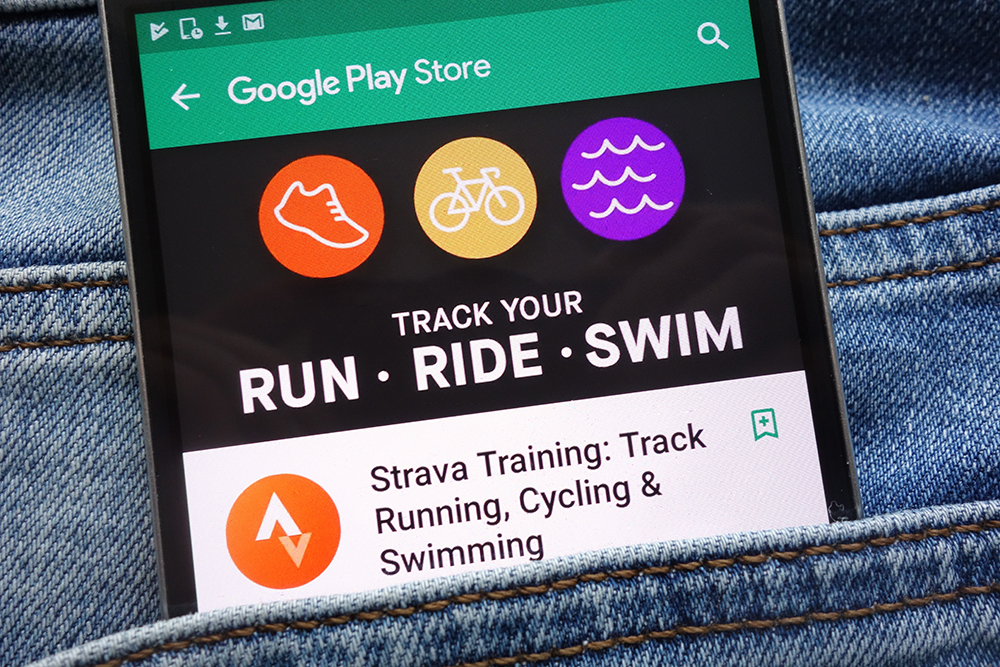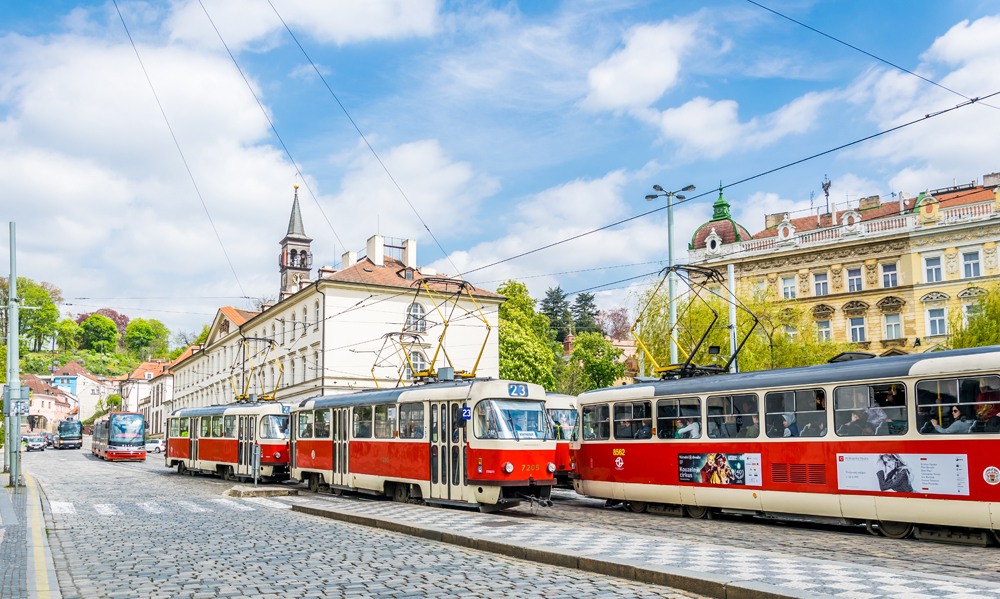
Back in the days of the British Empire in India, the authorities in Delhi discovered they had a snake problem: too many cobras. To tackle the problem, they decided to offer a cash reward for every dead cobra that was handed in. At first, the plan seemed to work. Hundreds and then thousands of snakes were killed. The only trouble was, there seemed to be no end to it. More and more cobras were being killed and the numbers never got less. An investigation was mounted and the answer to the mystery was uncovered: enterprising local snake hunters had taken to breeding cobras in captivity in order to claim the reward. The authorities immediately put an end to the scheme and so the disappointed cobra hunters released their snakes back into the wild. The result: more cobras in Delhi than they had started with.
The moral of this story is that incentives work, but they have to be the right ones. It is a lesson we need to learn again. The climate emergency is a crisis far more deadly than any infestation of snakes, and much more difficult to solve. Transport continues to be a major contributor to the problem, accounting for more than 20% of global emissions. And yet, despite a huge amount of public goodwill, and decades of messaging and cajoling, it has proven frustratingly hard to persuade people to adopt greener, healthier transport choices. Why? Because we are not offering the right incentives.
In fact, it is worse than that. It is arguable that in some cases our green incentives are positively perverse and encourage carbon-heavy transport choices. Carbon offsetting – compensating for carbon emissions through activities such as tree planting or providing communities with green replacement technologies – can give the impression that an emissions-intensive journey is, in fact, carbon neutral, but offsetting is fraught with complications to say the least. Even if you accept the claims made for offset schemes at face value (and many experts don’t), they can take decades before they re-capture the carbon that is released from a single flight. Meanwhile, the world keeps burning. Carbon offsetting has been likened to the sale of pardons in the medieval church, a sort of ethical get-out-of-jail-free card, but if these schemes encourage travellers to choose a plane over a greener alternative — a train journey that cannot be carbon offset, for example — they could be something much worse: the climate equivalent of breeding a cage of cobras in your back yard.

Encouraging greener transport choices needs two things:
- a practical, clear and easy-to-use way of monitoring our day-to-day transport carbon costs
- rewards for choosing the responsible option
The app revolution has already given us an inkling of how this might work. Apps that enable multimodal travel, integrating walking, cycling and other low-carbon options such as cycle-share schemes, car-share and e-scooters, are available in various places at various levels of development, although often bedevilled by a lack of data availability and problems with cross-platform charging and cost sharing.
Possibilities emerging
Pushing this technology forward is going to play a crucial part in incentivising the future of green travel because it encourages travellers to change their conception of what a journey is, to think in terms of Mobility as a Service (MaaS) in the current jargon.
Not only that, it also simplifies the process of planning and undertaking multimodal journeys, removing some of the disincentives towards adopting greener transport.
We have seen this work in various pilots and local schemes. What has been less discussed, though, is how positive incentives can be built into the service. If our apps could offer a live account of each user’s personal carbon costs and savings, a world of incentivising possibilities emerges.
Popular health apps like Strava have shown the motivational power of features such as league tables, semi-competitive friendship groups and personal target-setting – so why shouldn’t these things be built into our MaaS transport technologies, making the carbon savings explicit to the user and providing a little dopamine reward for each personal best? We could go even further by offering exchangeable, tradeable rewards such as the WheelCoin, an in-app e-currency that can be traded or ‘spent’ on a wide range of green transport services.
The health and community benefits of responsible, green transport choices are recognised and valued by most users of Maas-like pilot schemes, but we all know that it can be difficult to make the healthy choice, no matter how good our intentions, unless we have something to tip the scale in our decisions. The new tech offers those levers to us, but we need to be building them in rather than thinking of them as add-ons or, worse, just ignoring them altogether.
Positive incentives are not the whole story of course. Car travel is simply too convenient and too ingrained in our life habits to be shaken off without some powerful disincentives too. The true environmental cost of car travel will have to be reflected in costs to users, in the form of road pricing and reducing the priority of parking in towns or cities, making the car trip less convenient. When we stop building our places to accommodate the car so perfectly it will be much easier to urge the population onto the alternatives which will be more available, safer, and more pleasant.
 Climate change is a multi-headed serpent. Transport emissions are just one of those heads, but if we want to cut it off, we are going to have to be better at getting into the heads of the people we aim to serve. We need to think differently and more ambitiously, learning from the tech giants in other sectors – from Facebook to Duolingo – who understand so well how to make their products hard to put down. Human nature may have brought us close to climate catastrophe, but if we learn to be a bit more creative, a bit more thoughtful, it could be a powerful tool in helping us escape from disaster.
Climate change is a multi-headed serpent. Transport emissions are just one of those heads, but if we want to cut it off, we are going to have to be better at getting into the heads of the people we aim to serve. We need to think differently and more ambitiously, learning from the tech giants in other sectors – from Facebook to Duolingo – who understand so well how to make their products hard to put down. Human nature may have brought us close to climate catastrophe, but if we learn to be a bit more creative, a bit more thoughtful, it could be a powerful tool in helping us escape from disaster.
About the Author:
Adrian Ulisse is chief revenue officer at Iomob. The company has just released its WheelCoin app, which aims to give firms a means of incentivising employees to change their commutes to greener options












